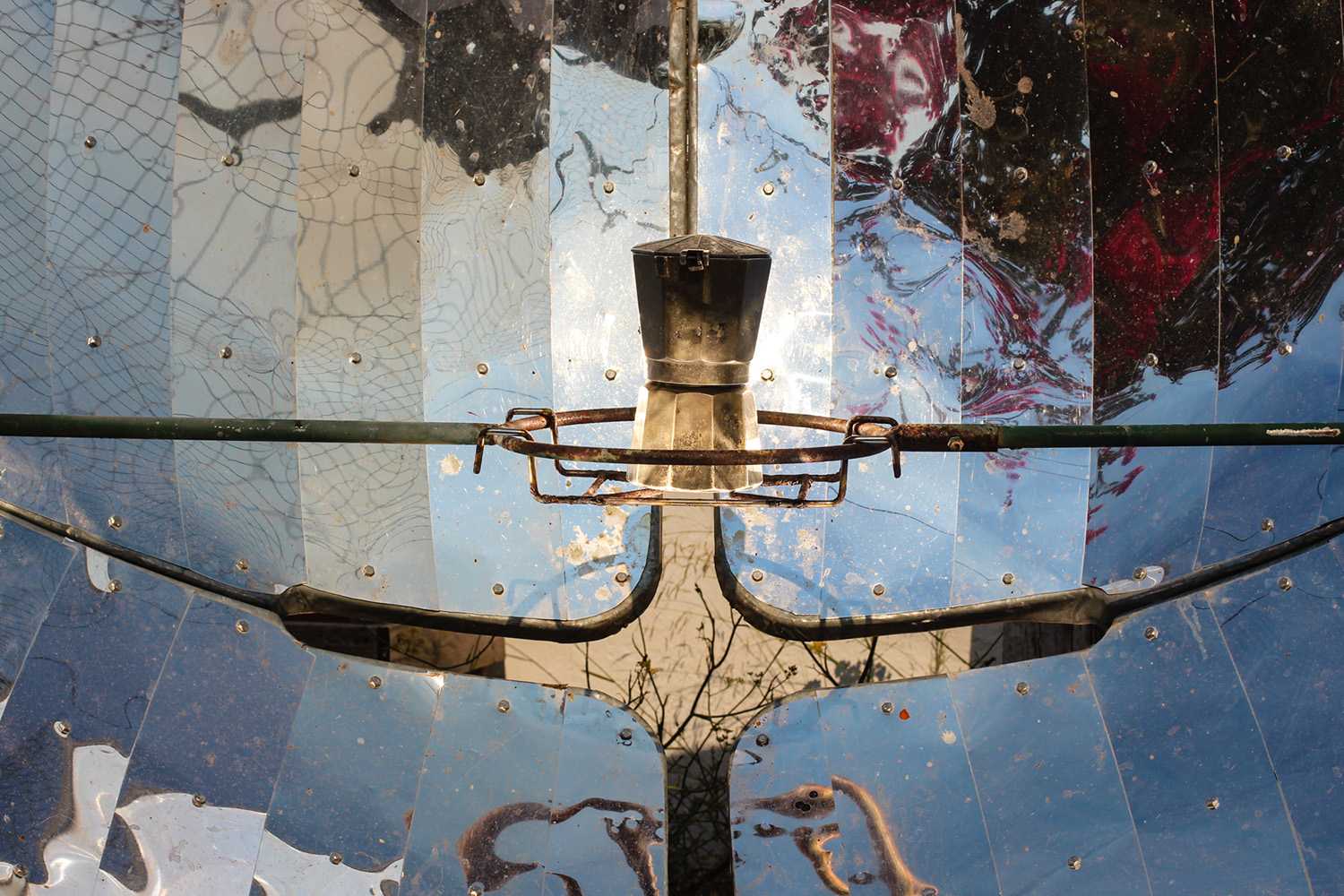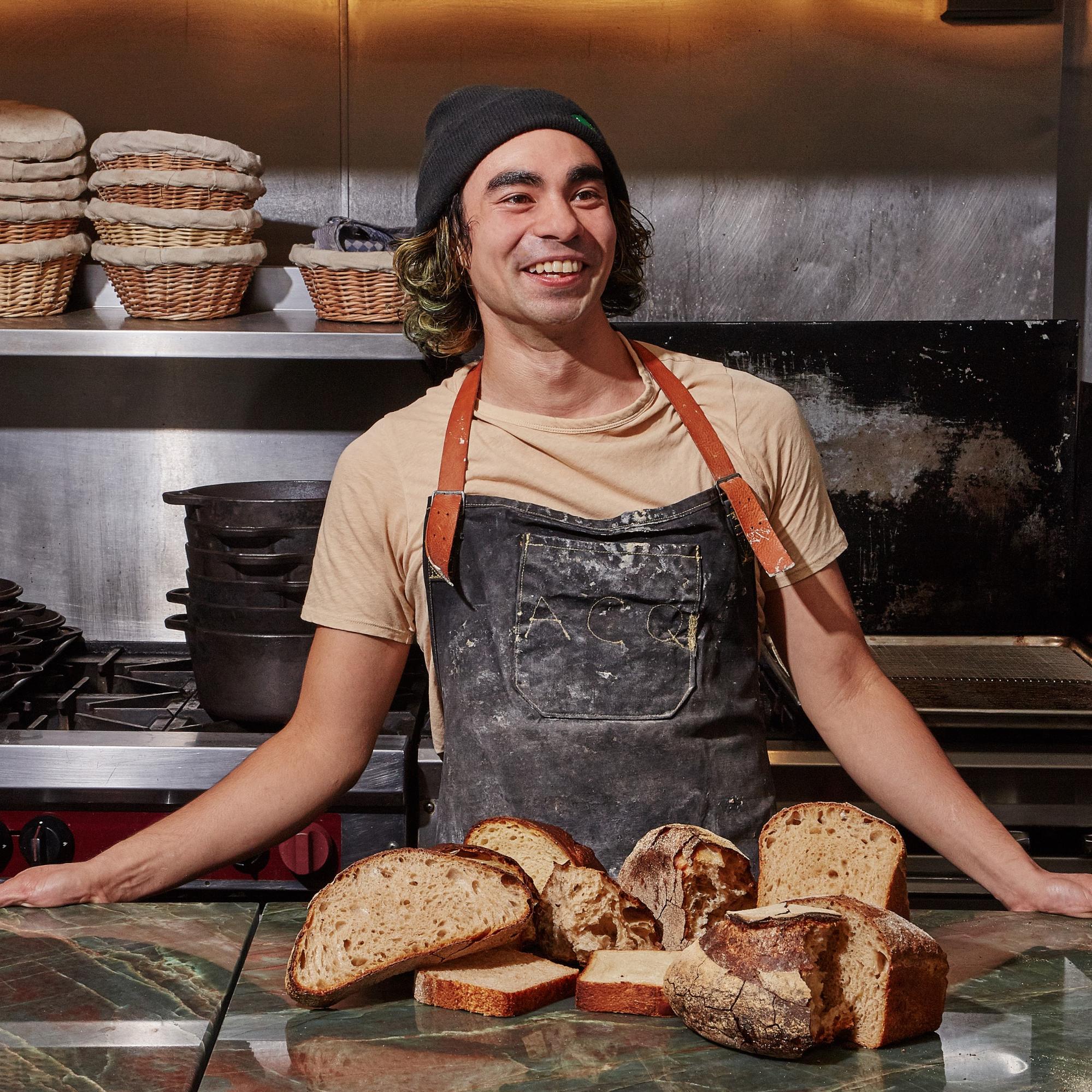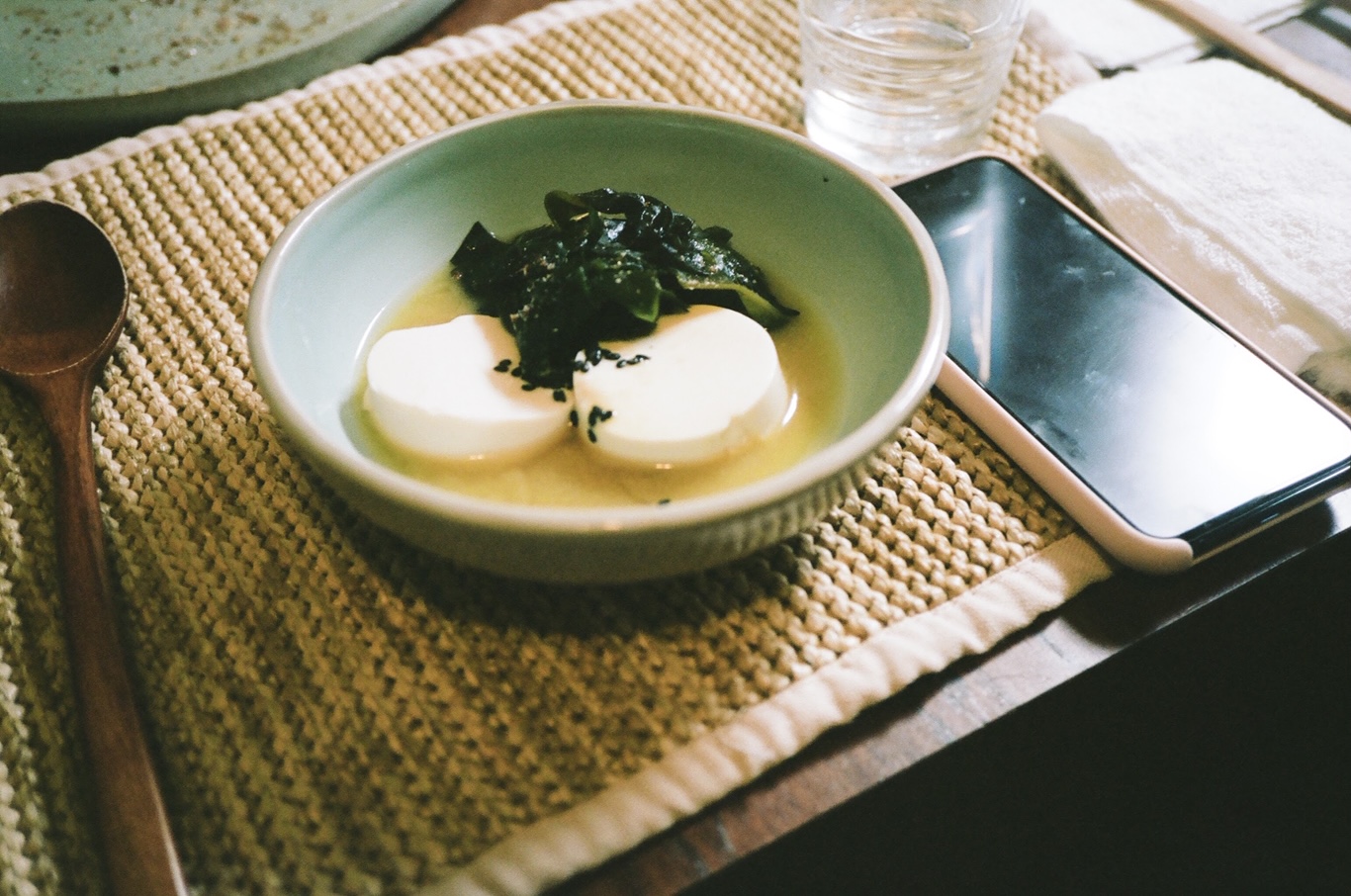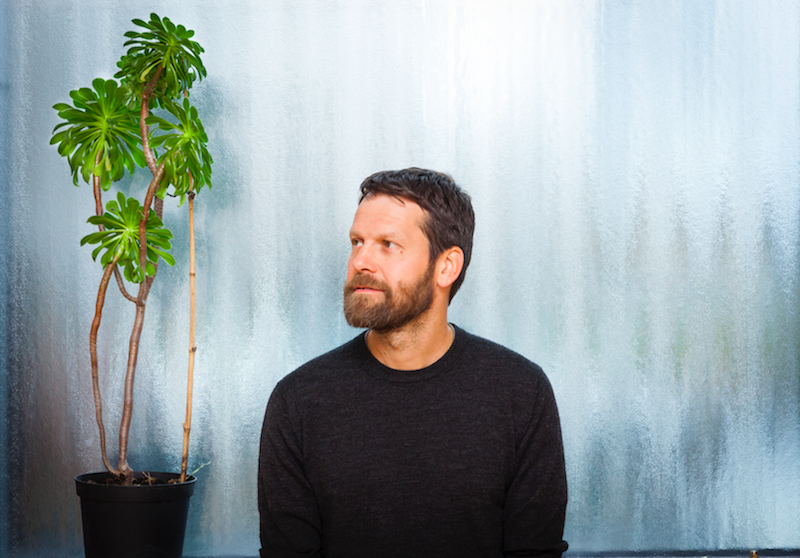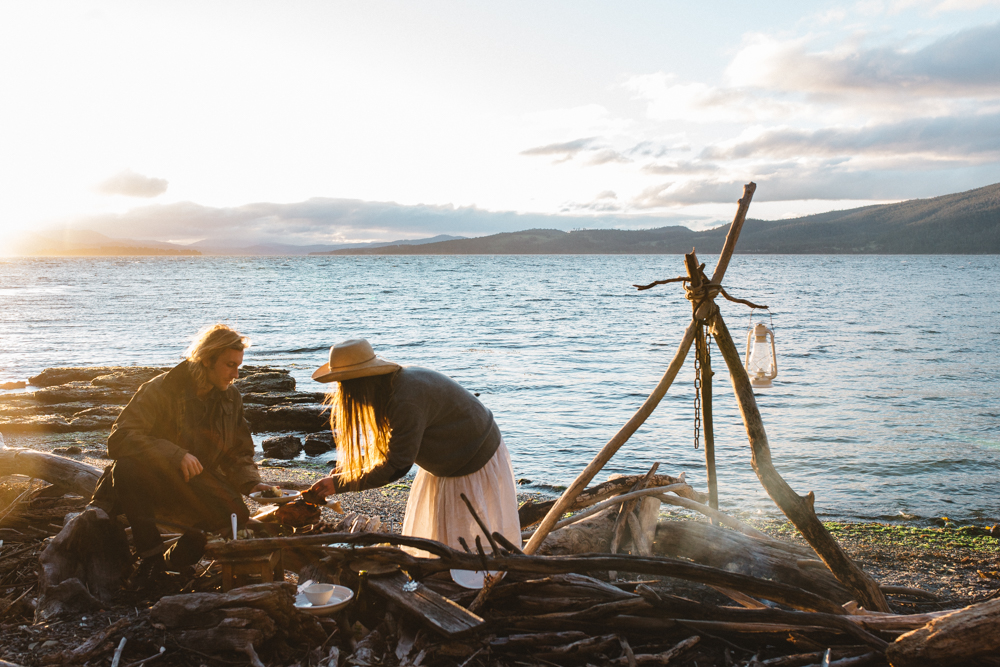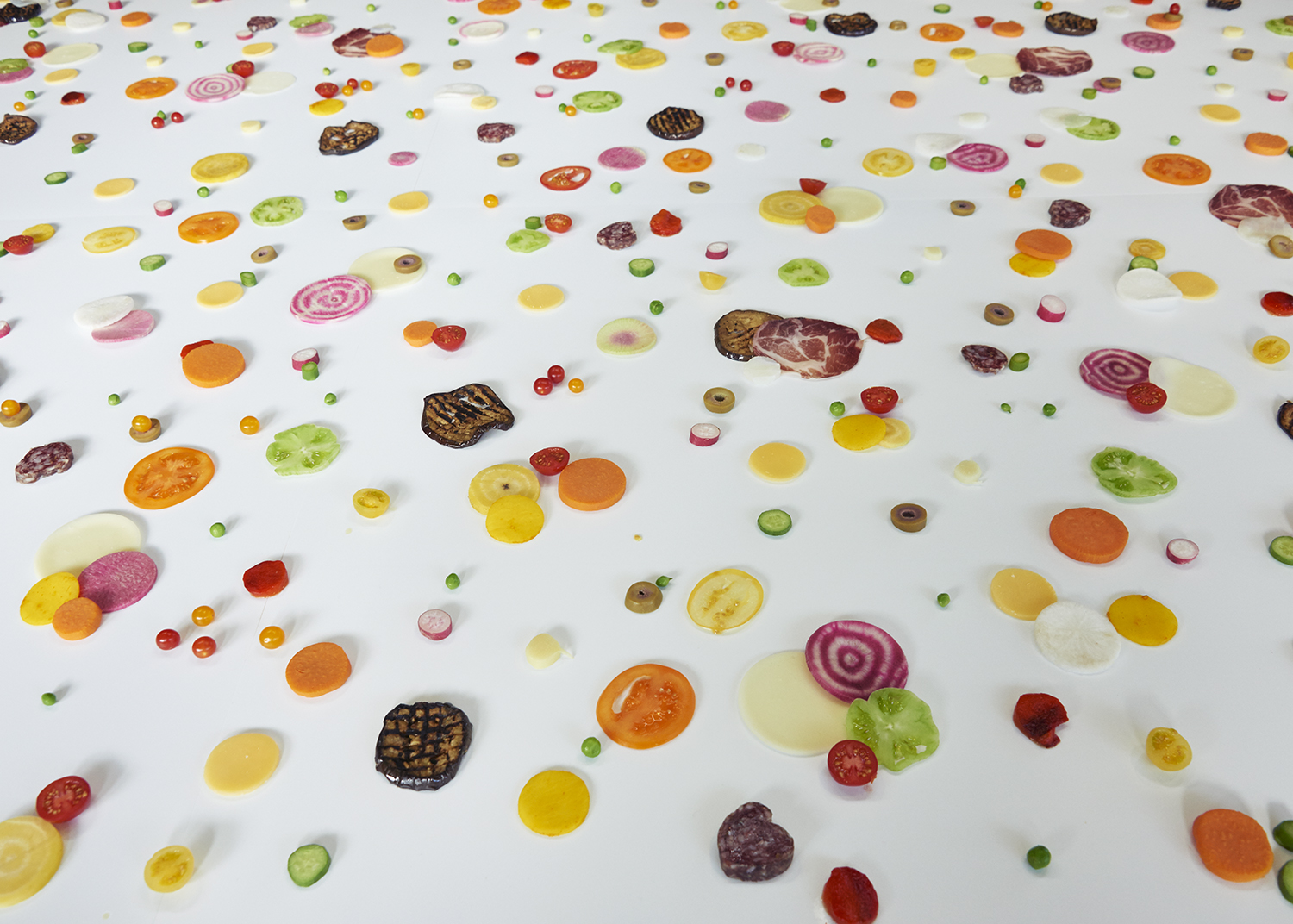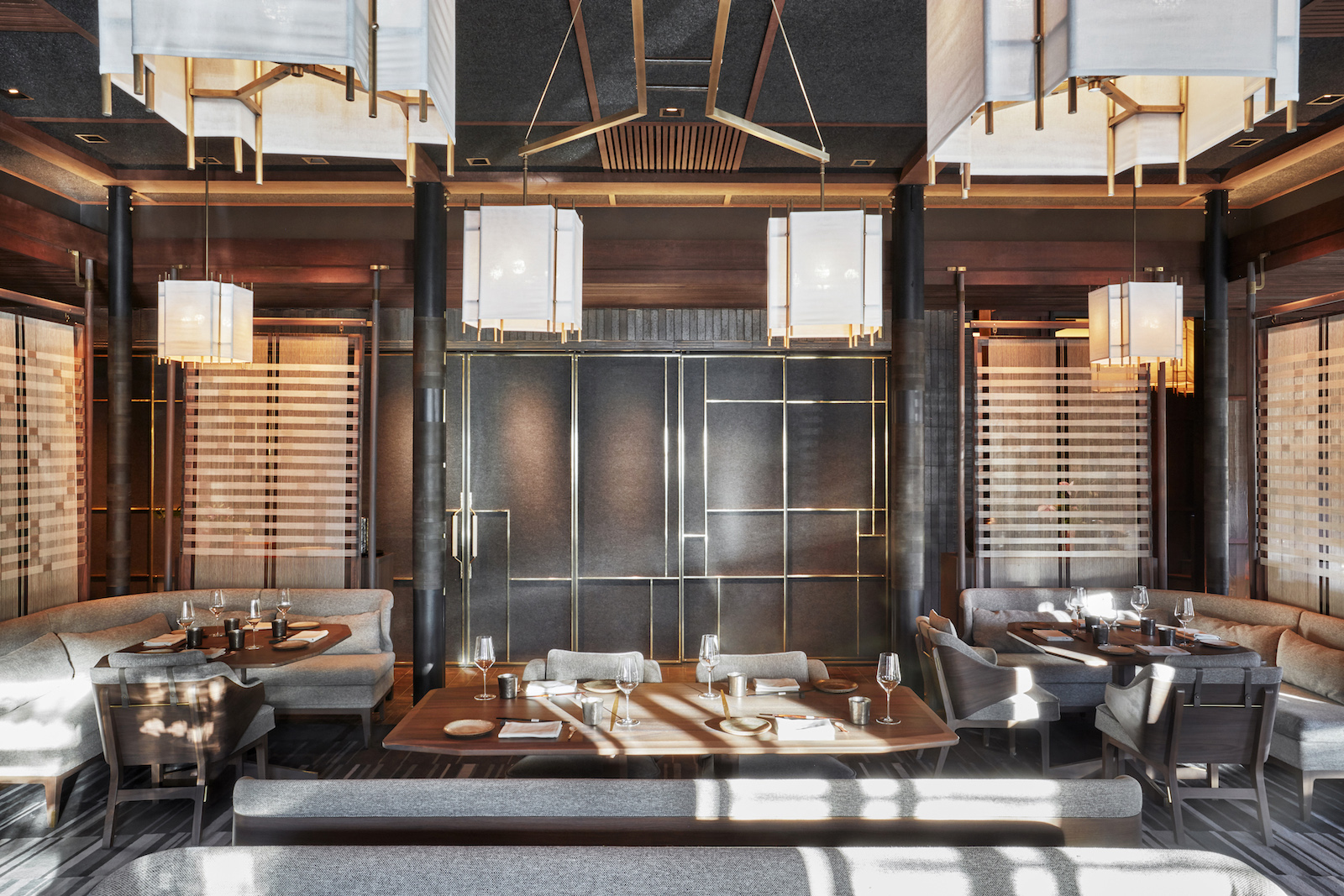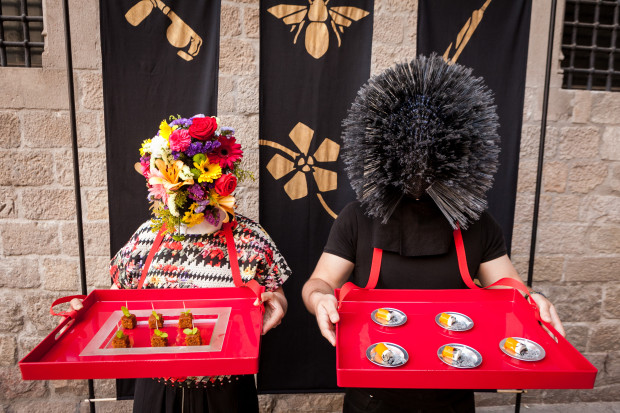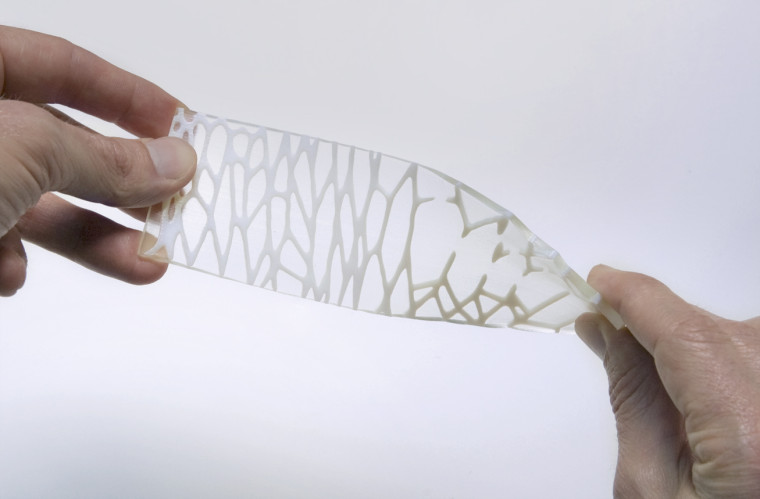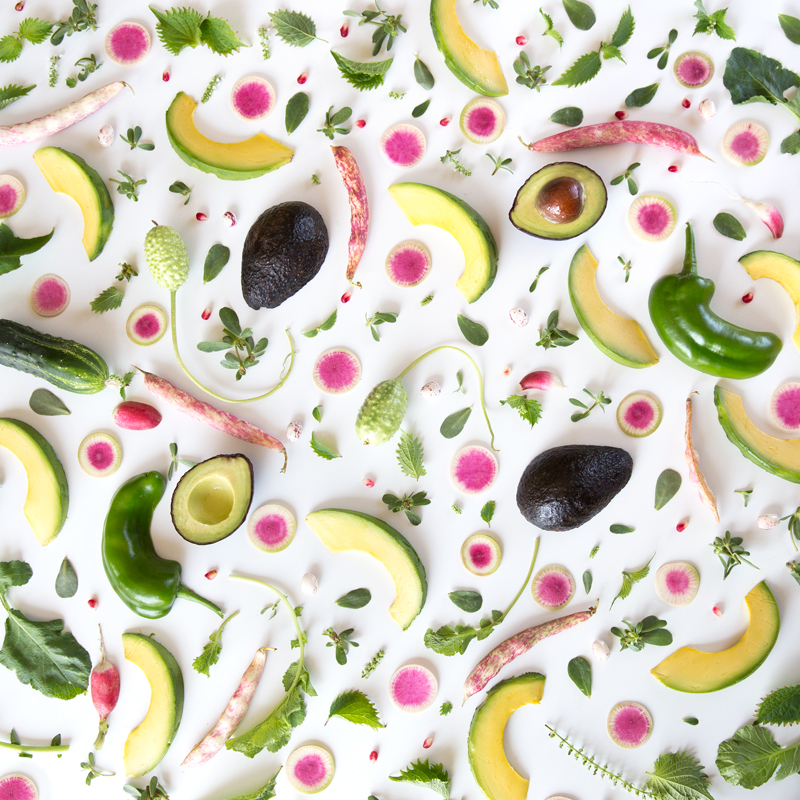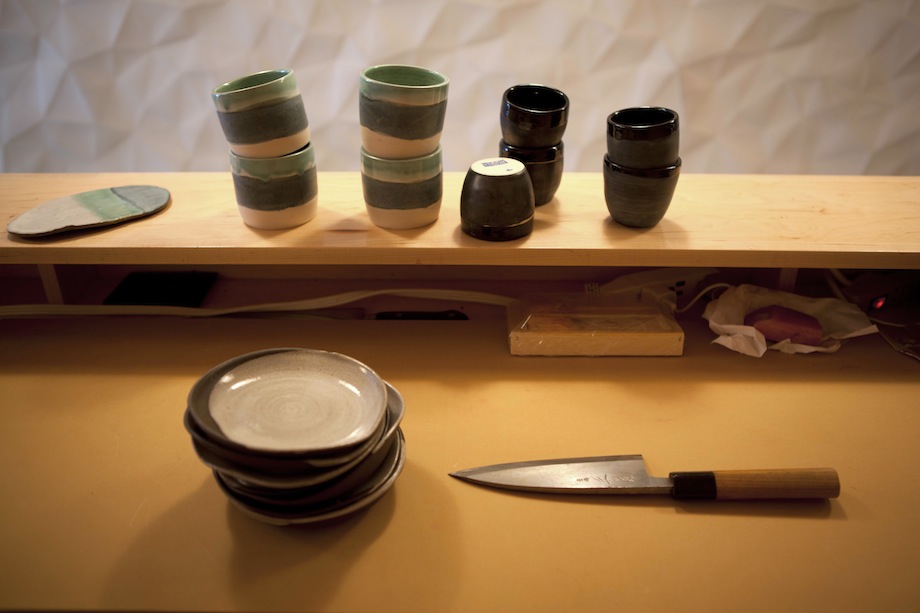Food designer Chloé Rutzerveld creates products and experiences that challenge our notions of food technology. The Dutch designer’s work takes an interdisciplinary critical approach—finding the intersection of the natural world, food, design and sustainable practices.
Rutzerveld’s 2014 project Edible Growth is an example of her unique process and products; Edible Growth uses a 3D printer to create an edible structure that houses seeds, spores and yeast. The spores and seeds mature within five days, while the yeast liquefies the structure’s solid center, yielding a self-grown snack.
Some of her initiatives employ a more straightforward goal, like the 2016 project STROOOP! that reuses vegetable scraps. The vegetable byproducts are turned into brightly colored, entirely plant-based stroopwafels, a popular Dutch wafer often served with coffee or tea.
Rutzerveld also works to create interactive, engaging experiences like the Likknikkerbaan, a sensory and taste experience that challenges people to contemplate how they use their tongue. Participants use their tongues to move a sphere covered with different textures and flavors across a pipe, testing the agility of the oft-ignored tongue muscle.
Drawing on her passion for food technology and design, Rutzerveld’s research for the project In Vitro ME resulted in a personal bioreactor jewel that cultivates meat from stem cells. In Vitro ME uses one’s own nutrients and energy to grow human muscular tissue that is biologically identical to your own body, raising important questions about the future of lab-grown meat and ethically sanctioned meat production.
We spoke with Chloé Rutzerveld to learn more about her process, the ways she engages with technology through design, and get a sneak peek at her upcoming book project.

MOLD: Why are design and visual stories such an important part of your process? How do you use design to impart your ideas?
My projects arise from personal fascinations and questions, often related to nature or the use of new technologies. When I start my process, I try to become an expert on the topic by reading everything I can get my hands on, watching documentaries and talking to scientists and specialists. It’s a bit like making a smoothie; the gathered knowledges are the ingredients that get mixed and matched in my head and translated into something visual – the smoothie. That first visual idea, often a sketch, makes it easier to communicate my plans to the outside world.
In the end, captivating clear images make or break your project, because powerful images will do the talking for you.
It’s one of the most important lessons I’ve learned over the years. The best works can be explained in one sentence with one image. If it’s already too complex for the maker to explain, how can you make your audience enthusiastic and able to share what they have seen and learned with others?
MOLD: What contemporary issues does your work address? Why have you chosen to explore and focus on these topics?
I look at alternative ways to use technology to make our food more efficient, healthy or sustainable. [I do this] by making smart use of natural characteristics, looking more closely towards the functioning of our body, but also using technology to enhance natural growth and shorten food production chains.
I actually never start with a food issue; I must have a fascination with or interest in a more specific thing to be able to fully invest myself in the subject. The food issues are always connected eventually, because I also care about sustainability and health.
MOLD: What inspired your fascination with and career in contemporary food systems?
I’ve always had a huge passion for food and nature and was fiddling with all kinds of materials all the time. When I started working on the In Vitro Me project – about using your own body as a production site to culture meat from your stem cells – initiated by the Next Nature Theme at the Eindhoven University of Technology, it all came together; my interests in food, arts, and nature with science and technology.
MOLD: What are you working on currently? Do you have plans or ideas for any new projects?
At the moment, I’m working on the production of my first book in which all major projects from the last five years are further explained. It will include anecdotes, DIY experiments, recipes, and more thoughts on the implementation of my future food scenarios in society. The goal is to launch the book in October 2018, during the Dutch Design Week.




